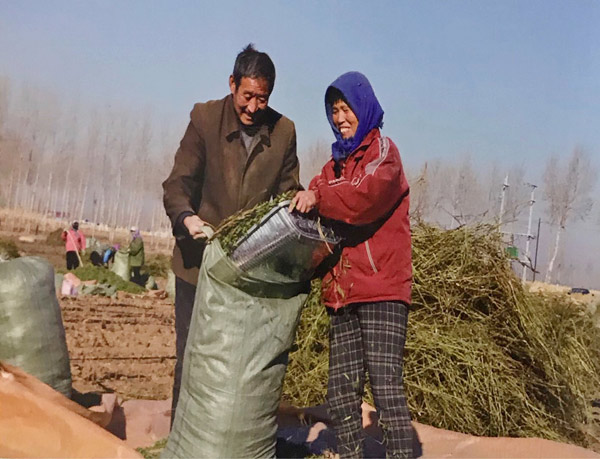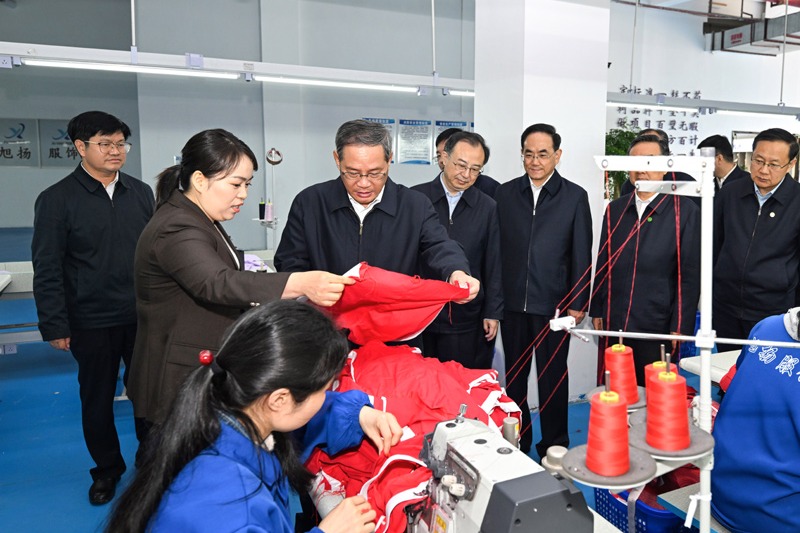Stevia spells sweet success for poor farmers in Inner Mongolia


An agricultural cooperative in China's northeastern Inner Mongolia autonomous region is helping defeat poverty and bring benefits to farmers by cultivating an exotic natural sweetener.
The cooperative began growing stevia plants in Jalaid Banner about a decade ago, originally importing seedlings from Japan, and has since expanded the planting area from 1,214 hectares to 4,047 hectares.
Stevia, which is extracted from the leaves of the plants, "is natural, very sweet and low in calories", according to Wang Gang, the banner's head of poverty alleviation. "It's similar to the sweetener used in the 12 cans of Coca-Cola that US President Donald Trump drinks every day," he said.
"The seedlings are so thin and tender that no machine can handle them well, so we employ local farmers to transplant them," Wang added.
Raw stevia leaves are shipped to manufactures in Jiangxi province and then exported to the United States, Japan and South Korea via Malaysia.
China is home to the largest stevia planting area in the world, accounting for 90 percent of the world's total, yet the domestic market is growing slowly, according to the China Stevia Association.
"Stevia is a niche product, so its price fluctuates greatly," said Du Wenyi, chairman of the cooperative. "But more often than not stevia is more profitable than corn, the parameter we use to decide if a crop is worth cultivating."
The upgraded industrial structure is bearing fruit in Jalaid Banner. Last year, the average annual income of its 1,534 farmers was 30,000 yuan ($4,700), a tenfold increase from the amount in 2012.
The association also helps disabled rural workers by enrolling them in a dividend program and assigning them lightweight jobs on farms.
"Stevia is one of four crops that give us an edge over competitors and create stable, long-term benefits for the poor or self-sustained," Du said, adding that the other three are rice, soybean and marigold.
China has set a target to eliminate extreme poverty by 2020. This year, the leading poverty alleviation office called for integrated efforts nationwide, including upgrading rural industrial structures to prevent those lifted out of poverty from sliding back into difficulty.
Wang Xiaoyu contributed to this story.
- China-UK ELT partnership set
- Chinese procuratorates approve 168,000 arrests in Q1
- 3 deaths in firecracker factory explosion
- Xi exchanges congratulations with Tanzanian President Hassan over 60th anniversary of diplomatic ties
- Travel to and from China rise during the May Day holiday
- Indian woman with rare disease treated by Shanghai doctors




































